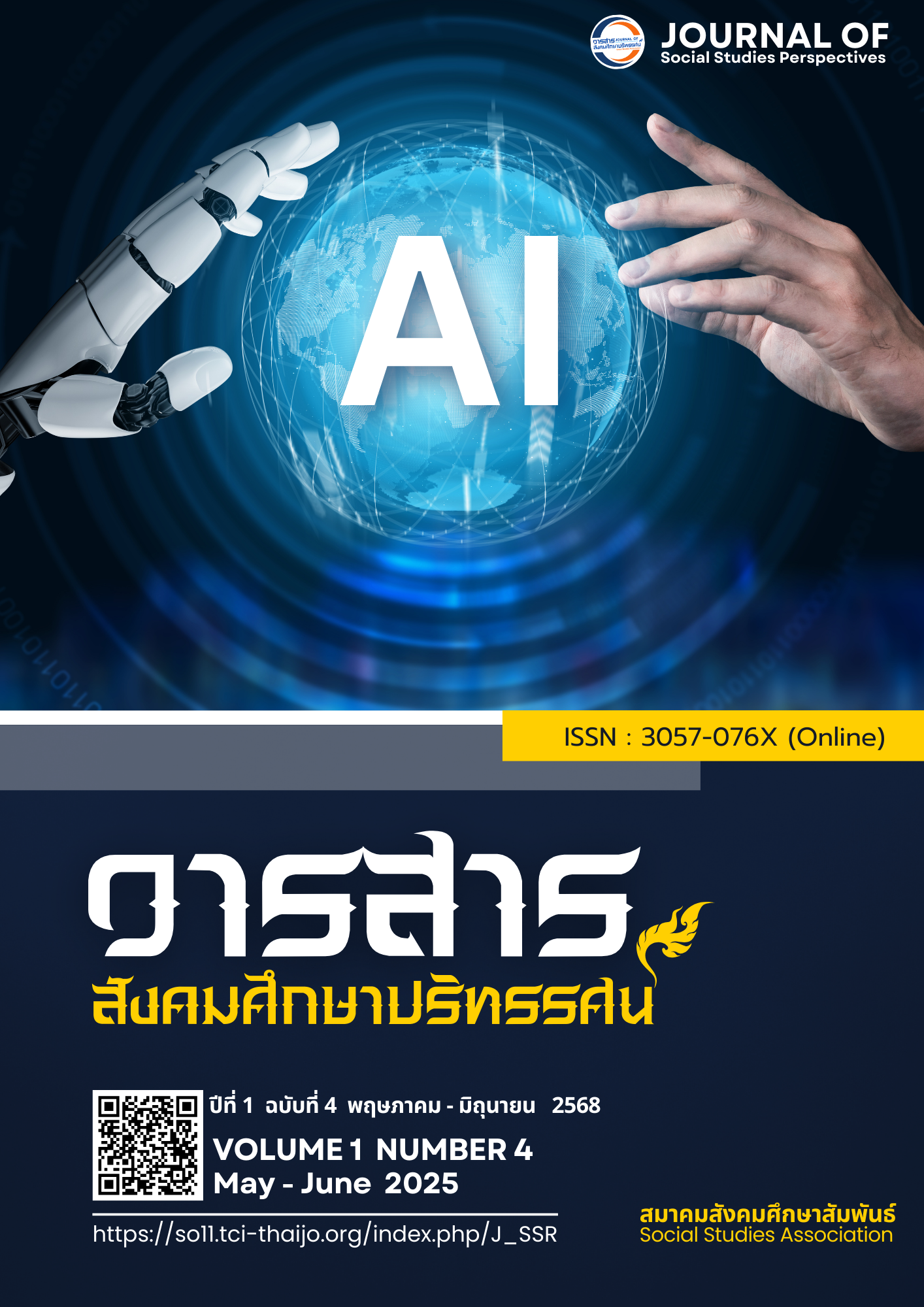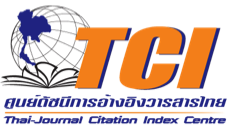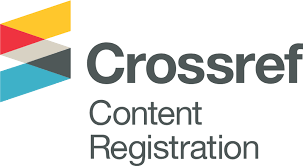ANALYZING THE THREE-COMPONENT THEORY : APPROPRIATENESS IN MEASURING ORGANIZATIONAL COMMITMENT
DOI:
https://doi.org/10.64186/jsp1330Keywords:
Three-Component Model , Organizational Commitment, Human Resource Management , Organizational Behavior, Organizational Commitment QuestionnaireAbstract
This academic article aims to study the three-component theory of Meyer and Allen, which is a widely recognized framework in organizational commitment research. It is divided into three dimensions: Affective Commitment, Continuance Commitment, and Normative Commitment. This theory helps to understand employee behavior in various aspects and serves as an essential tool in human resource management, especially in developing strategies to improve work efficiency and reduce employee turnover. This article presents 1) the fundamental concepts of the three-component theory, 2) the development of measurement tools, such as the Organizational Commitment Questionnaire (OCQ), 3) its application in various contexts, 4) the advantages and limitations of the theory, and 5) future research trends related to measuring and developing organizational commitment. The knowledge presented in this article will help researchers, scholars, and organizational leaders design strategies to strengthen the relationship between employees and organizations. Specifically, applying this theory can aid in designing human resource development programs that align with the needs of different employee groups, such as creating career growth opportunities for employees with high affective commitment or improving benefits to retain employees with high continuance commitment. Moreover, it can be used to develop performance evaluation systems that are consistent with employees' commitment levels, which will help reduce turnover rates and improve long-term work performance.
References
Donthong, S. (2022). Quality of work life and organizational commitment related to work efficiency and organizational loyalty of Generation Y private company employees in Bangkok. Srinakharinwirot University.
http://ir-ithesis.swu.ac.th/dspace/bitstream/123456789/2456/1/gs641130118.pdf
Eagly, A. H., & Chaiken, S. (1993). The psychology of attitudes. Harcourt Brace Jovanovich College Publishers.
Fu, F. Q., Bolander, W., & Jones, E. (2009). Managing the drivers of organizational commitment and salesperson effort: An application of Meyer and Allen's three-component model. Journal of Marketing Theory and Practice, 17(4), 335-350. https://doi.org/10.2753/MTP1069-6679170403
Jaros, S. (2007). Meyer and Allen model of organizational commitment: Measurement issues. ICFAI Journal of Organizational Behavior, 6, 7-25.
Karim, N. H. A., & Noor, N. H. N. M. (2006). Evaluating the psychometric properties of Allen and Meyer's organizational commitment scale: A cross cultural application among Malaysian academic librarians. Malaysian Journal of Library and Information Science, 11(1), 89-101.
Kasapradit, J. (2020). The influence of welfare and organizational culture related to employee engagement of academic supporting in Srinakharinwirot University. Srinakharinwirot University.
Khalip, N. (2016). A three-component conceptualization of organizational commitment. International Journal of Academic Research in Business and Social Sciences, 6(12). https://doi.org/10.6007/IJARBSS/v6-i12/2464
Lee, K., Allen, N., Meyer, J., & Rhee, K. Y. (2001). The three-component model of organisational commitment: An application to South Korea. Applied Psychology: An International Review, 50(4), 596-614. https://doi.org/10.1111/1464-0597.00075
Lertwuttiwongsa, M. (2021). Organizational commitment and quality of work life related to loyalty of private employees: A case study of a chemical distribution company in Bangkok. Srinakharinwirot University.
Meyer, J. P., & Allen, N. J. (1991). A three-component conceptualization of organizational commitment. Human Resource Management Review, 1(1), 61-89. https://doi.org/10.1016/1053-4822(91)90011-Z
Nontakaew Ferry, K. (2019). Building up organizational commitment of Generation Z. Journal of Social Innovation and Lifelong Learning, 13(3), 10-25. https://so01.tci-thaijo.org/index.php/FEU/article/view/155209/151418
Pureepitipat, S. (2020). The relationship between happiness at work and organizational commitment of Thailand Post Company Limited employees in Bangkok area. Srinakharinwirot University.
Samart, T. (2021). Organizational commitment of municipal personnel in Chonburi Province. Journal of Political Science and Interdisciplinary Studies, 4(1), 12-28.
Sanditi, K. (2020). Factors affecting employee engagement: A case study of the Business Stakeholder Engagement department of a company. Mahidol University.
Downloads
Published
How to Cite
License
Copyright (c) 2025 Journal of social studies perspectives

This work is licensed under a Creative Commons Attribution-NonCommercial-NoDerivatives 4.0 International License.
The article is published under the Creative Commons Attribution-NonCommercial-NoDerivatives 4.0 International (CC BY-NC-ND 4.0) license, which allows others to share the article while giving appropriate credit to the author. It prohibits the use of the article for commercial purposes or the creation of derivative works. Any other reuse or reproduction requires permission from the journal.










